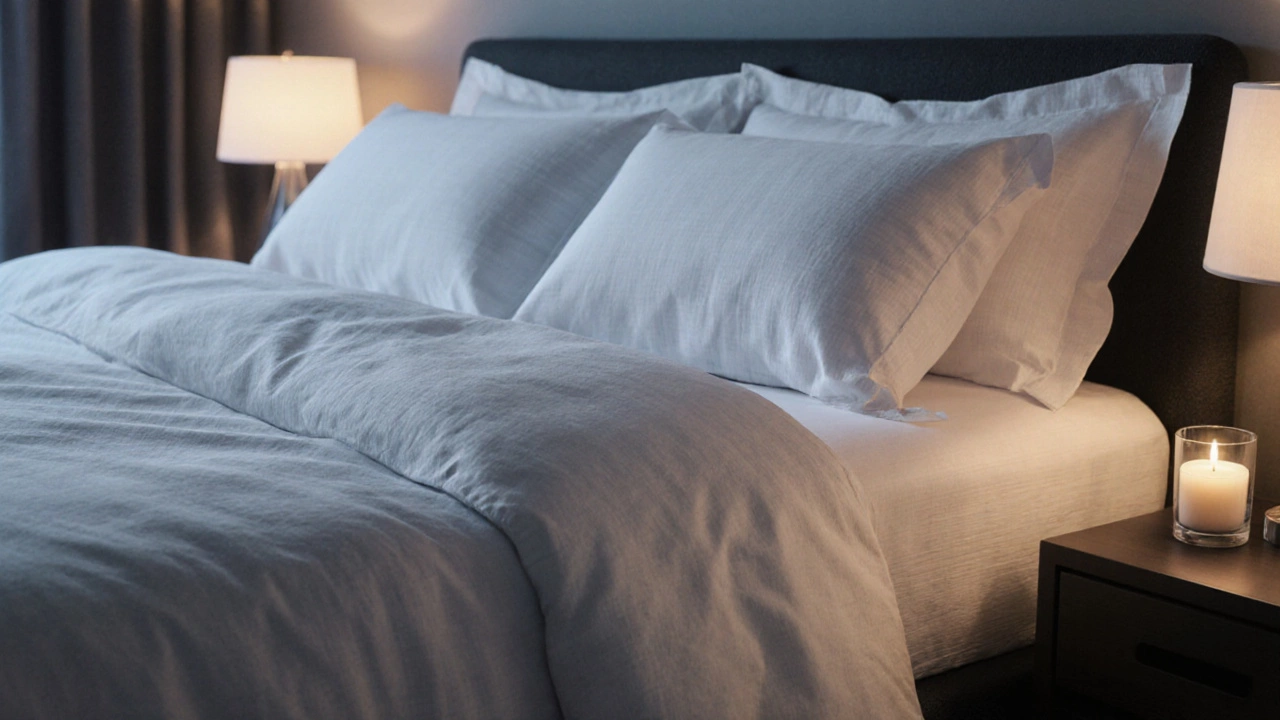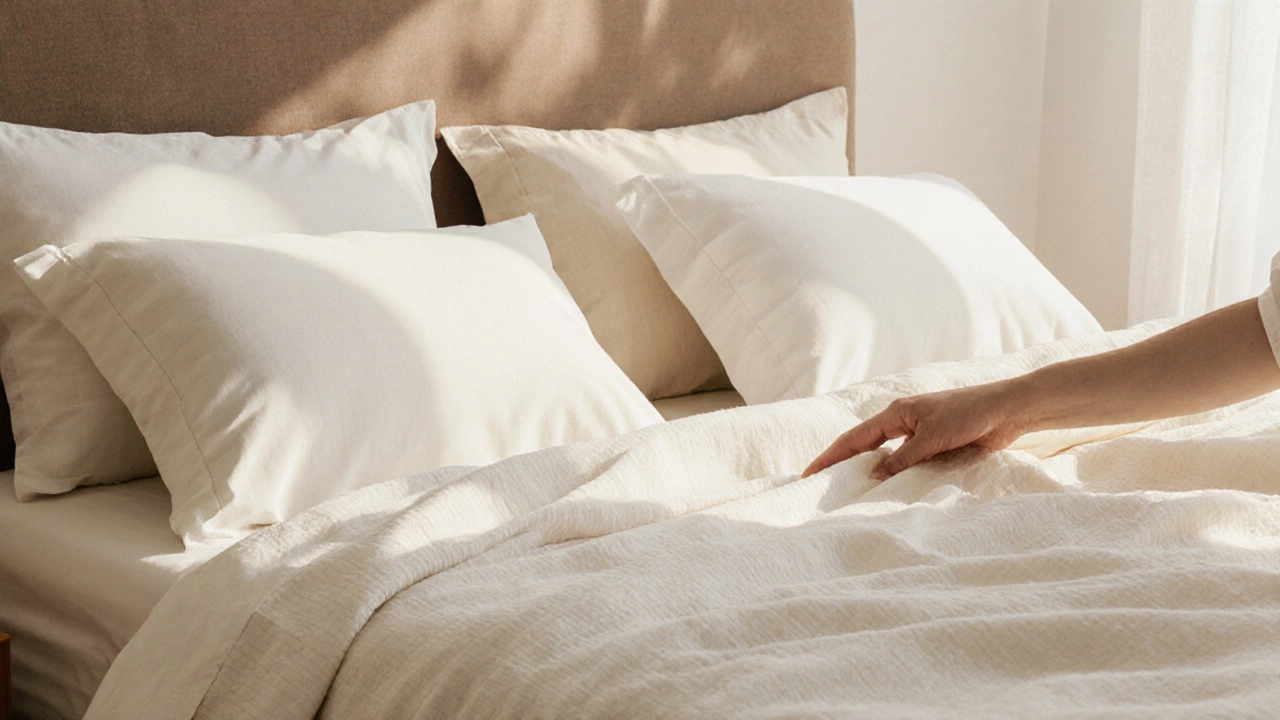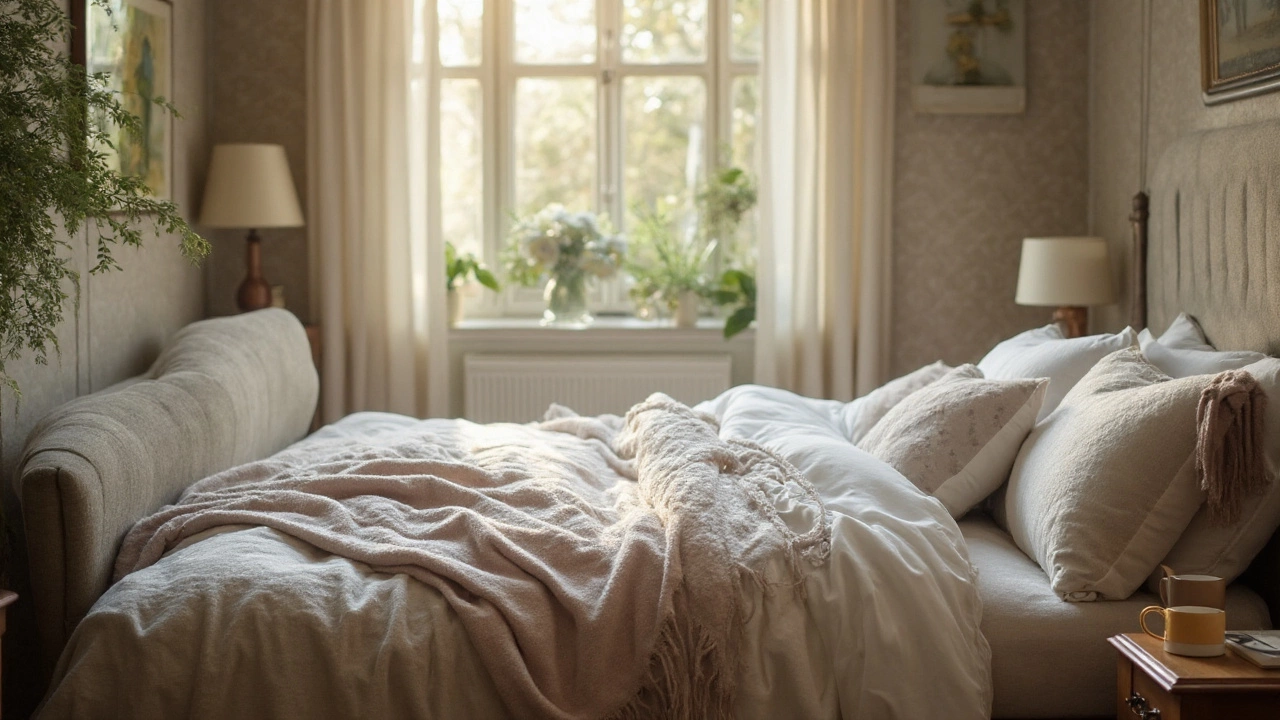Eco‑Friendly Bedding Materials: What to Look For
If you want a good night’s sleep without hurting the planet, the first place to start is your bedding. The fabrics you wrap yourself in can be a hidden source of waste, chemicals, and unnecessary carbon. Luckily, there are simple swaps that feel just as cozy and often last longer.
When you shop, focus on three things: the fiber source, the production process, and the end‑of‑life plan. Natural fibers like cotton, linen, bamboo, and Tencel grow quickly and need less water than conventional options. Look for certifications such as GOTS (Global Organic Textile Standard) or OEKO‑Tex, which tell you the material was grown without harmful pesticides and dyed responsibly.
Natural Fibers for Sheets
Organic cotton sheets are the classic green pick. They’re soft, breathable, and get softer with each wash. If you’re worried about water use, consider linen. Made from flax, linen thrives on rain‑fed farms and its texture stays cool in summer and warm in winter – perfect for year‑round use.
Bamboo sheets have become popular because the plant grows fast and doesn’t need fertilizer. Just be sure the label says “Bamboo Lyocell” or “Tencel”; those processes use a closed‑loop system that recycles the solvent, keeping waste low. For a truly luxurious feel, try Tencel sheets – they feel silky, manage moisture well, and the wood pulp comes from sustainably managed forests.
One practical tip: buy a set that includes a fitted sheet, flat sheet, and two pillowcases. Matching pieces reduce the chance of mixing fabrics that need different wash settings, saving time and energy.
Eco Options for Duvet Covers & Pillows
Duvet covers made from the same fibers as your sheets keep the whole bed eco‑consistent. Organic cotton or linen covers are easy to wash and let you change the look of your bedroom without buying a whole new duvet. If you love color, look for low‑impact dyes – they use less water and avoid heavy metals.
Pillow fills can be a hidden waste spot. Traditional down is natural but often sourced from live‑plucked birds. A better choice is recycled polyester fill, made from post‑consumer plastic bottles. It mimics the loft of down, is hypoallergenic, and fully recyclable at the end of its life.
Don’t forget the pillowcase material. A cotton or bamboo cover will let the fill breathe and stay fresh longer. Swap your cases every two weeks and you’ll keep allergens down while extending the pillow’s lifespan.
Finally, think about how you care for your bedding. Wash at 30‑40°C, use a gentle detergent, and line‑dry when possible. Lower wash temperatures cut energy use dramatically. If you need to tumble dry, pick a low heat setting – high heat can shrink natural fibers and wear them out faster.
Switching to eco‑friendly bedding doesn’t have to be overwhelming. Start with one set of sheets, then add a duvet cover and recycled‑fill pillows as the budget allows. Each small change adds up to a bigger impact on your comfort and the environment.
Ready to refresh your bedroom the green way? Look for those certifications, choose natural fibers, and treat your new bedding with care. Your sleep will thank you, and the planet will too.
-

Best Type of Bedding: How to Choose the Perfect Sheets for Comfort and Style
Discover how to pick the best bedding type for your needs. Compare cotton, linen, silk, microfiber, and bamboo sheets, and learn care tips.
-

Best Bedding Types: How to Choose the Perfect Sheets
Learn how to pick the best bedding type for your climate, skin sensitivities, and budget. Compare cotton, linen, bamboo, silk, Tencel and microfiber with a handy guide.
-

Choosing the Best Bedding: Sleep Better with Expert Tips & Top Materials
Find out which bedding choice is best for your sleep, health, and style. Learn about materials, seasonal swaps, sustainability, and expert shopping tips.
